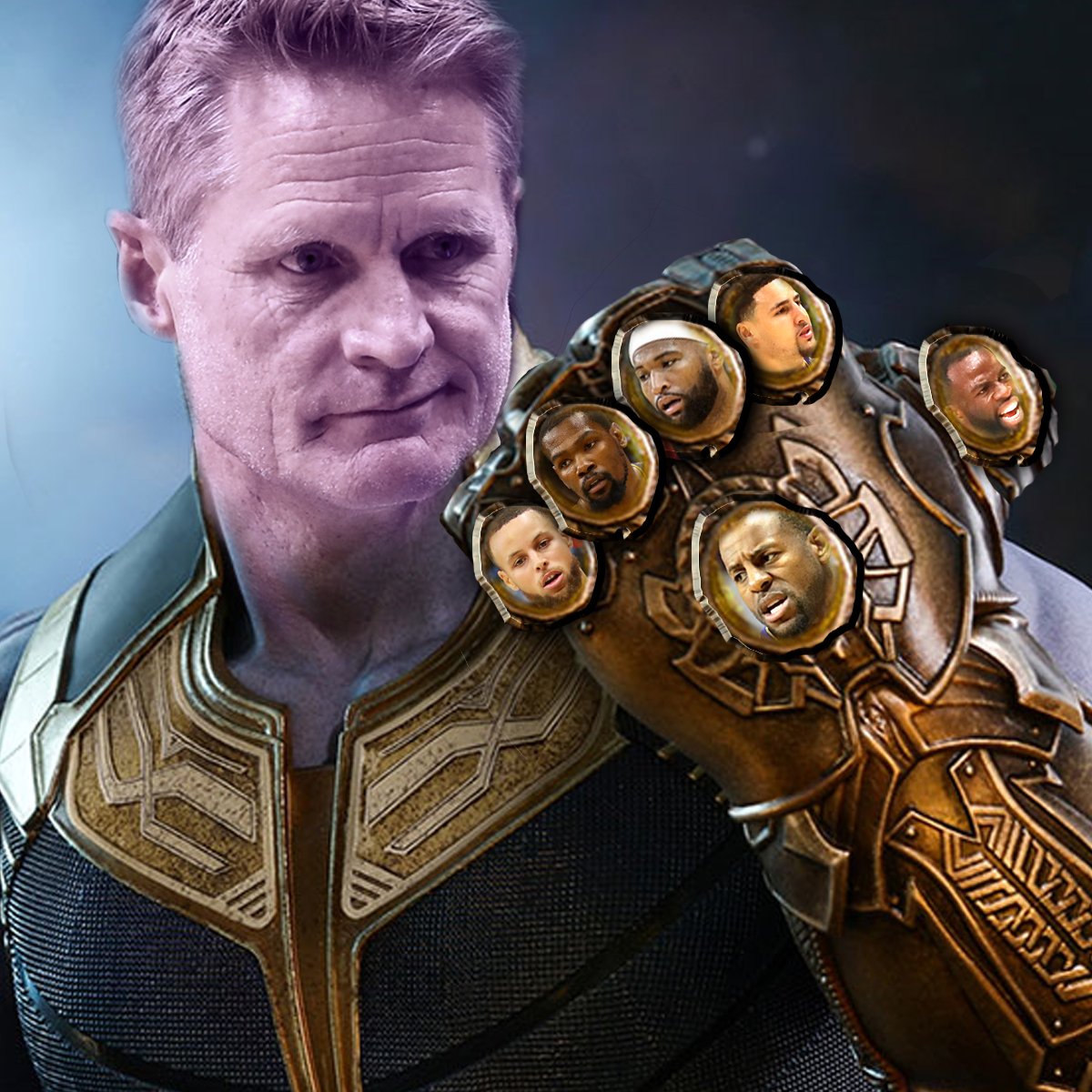It was reported late Monday night that the Golden State Warriors signed former New Orleans Pelicans center DeMarcus Cousins to a one-year contract. To hard-core NBA fans of teams other than the two-time defending champs, this news was like a neighbor competing against you in the local tour of homes adding a sculpture garden to his seven-bedroom Spanish villa. “Boogie” is an all-league talent—LeBron James once called him “the best big man in our game.” With Cousins, Golden State—whose starting lineup already includes two former MVPs and two All-Stars in their prime—has the most statistically dominant quintet in NBA history.
Hence the worry among players and hoops enthusiasts that this transaction will create imbalanced competition. Notwithstanding that the Warriors were borderline unbeatable to begin with, Cousins ruptured an Achilles tendon in January—a severe injury with a long timetable for recovery, as well as historically poor odds for returning to a high level of production. He’s a 6-foot-11, 270-pound wrecking ball who plays somewhat slow and low to the ground: That’s a lot of weight to put on a surgically repaired lower leg, which was never an asset to his athleticism when healthy.

What merits more attention is that DeMarcus Cousins, 27, is a microeconomic heartthrob. In 48 games before being hurt last season, he averaged 25 points, 13 rebounds, five assists, and more than a steal and a blocked shot per game—numbers so balanced that they’re worth the $180 million over five years he was eligible to receive as a free agent this summer. Because of the risk associated with his injury, however, no team was going to fork over such an expensive sum, particularly for three or more seasons.
It became Boogie’s better bet, then, to pursue a shorter deal, demonstrate his previous form, and get rich in 2019 or 2020. Yet even a one- or two-year commitment had distinct risk that needed to be priced into a contract. Various estimates indicate that Cousins isn’t expected to return to game competition until sometime in December, perhaps around Christmas, Zach Lowe reported, at which point teams have played about 40 percent of their regular season. Players back from invasive, structural surgery need some time to ease into full speed, meaning it’s reasonable to value Cousins next year as a half-season-plus-playoff contributor in a best-case scenario. As a result, his fair-market salary tumbled that much more in the near-term.
For a few reasons—which include the NBA’s rules for signing and then immediately trading players, and its complex salary cap—this may help explain why Boogie’s most realistic option was to sign with a franchise for what’s called the “midlevel exception.” The league has a soft cap, meaning there are limited ways for teams to spend beyond it, usually requiring them to pay a tax to the league. The midlevel exception, which is priced at three tiers, is one of these ways. The most generous tier is for franchises that bust the cap but spend below a maximum tax-penalty threshold called the “apron.” Free agents are eligible to receive $8.6 million next season from such a team. The next tier is for the handful of clubs—like the Warriors—that splurge beyond this tax apron. The maximum salary under this option is $5.3 million.
Cousins could have pitched himself to teams with the $8.6 million allotment and waited for mutual interest. But he made contact and received an offer from the Warriors, instead. It may have cost him $3.3 million. But what it provided him were the opportunities to:
- Recover with a more lenient time frame, if necessary, because the Warriors don’t actually need him;
- Stand out on a team where he won’t be the center of attention, preventing him from being burdened with too much responsibility before he’s ready for it;
- Rehabilitate his image as part of a winning culture for potential suitors the year after next, since Cousins has a poor behavioral reputation.
All these things seem to limit the risk to his body in the short term and maximize his potential for riches in the long term. Oh—and he’ll never have a better chance to play for a championship.
Sports fans constantly complain about star athletes valuing money over winning. Here’s an economic example of how one such stud can get both.
